The sawflies of plums they are insects belonging to the order Hymenopterafamily Tenthredinidaesubfamily Hoplocampinae. There are two species that attack the fruit of the plant, namely: Hoplocampa flava, said yellow sawfly of plums And Hoplocampa minuta, said tiny sawfly of plums. These plum tree parasites infest young fruit in formation, inevitably losing the year’s production.
Therefore, careful monitoring of the presence of tentredini and a detailed study of adequate biological defense techniques. So let’s see everything there is to know about how to defend our orchard from the insect.
Description of the sawflies of plums
From the point of view of damage to the fruits, of the biological cycle and of biological defense techniques, the two species of plum tree sawflies can be united. Small differences are found instead from the morphological point of view, let’s see them specifically.
Hoplocampa flava
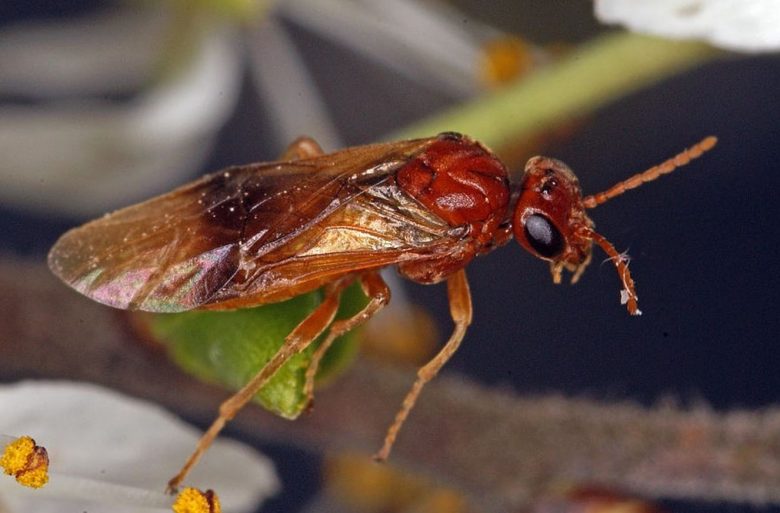
The yellow sawfly of plums, when adult, is a small fly 4-5 mm long, with 10-13 mm wingspan. The head, antennae and thorax are yellow-fawn, except for the posterior latero-dorsal part of the mesothorax, which is largely black, and the metathoracic segment, which is also usually black. Males are smaller than females.
The mature larva is greenish-yellow in color and has a shiny head. It measures 8-10 mm in length and gives off the typical smell of bed bug.
Hoplocampa minuta
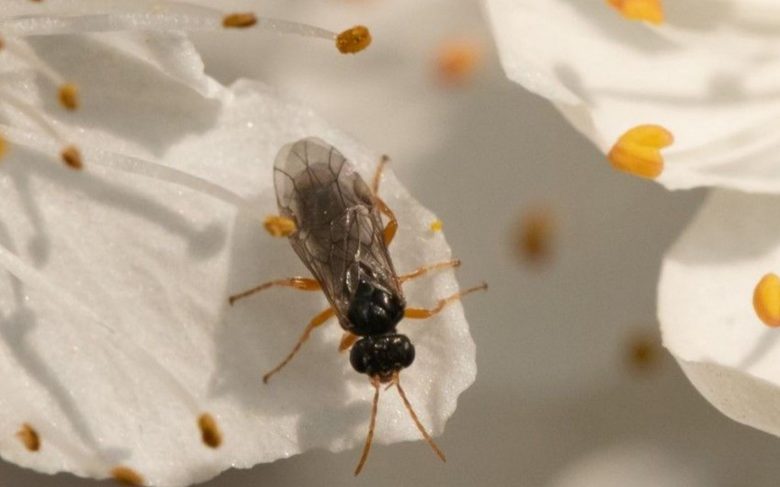
The tiny sawfly of plums measures 3-4 mm in length. The adult fly has an entirely black body. Males and females are distinguished by their antennae. In the female they are light brown on the upper side and reddish-yellow on the underside. In the male, on the other hand, they are yellow-reddish with the first black segments. In both sexes the legs are yellow, with the hips and the base of the femurs black.
The mature larvae measure 9-11 mm, are whitish in color, with a yellowish head and equipped with pseudo-legs.
Which plants does the plum sawfly attack?
The little sawflies just described live at the expense of the plum tree. In mixed orchards, associated with apricot treesas typically are the familiar ones, if there is a strong infestation, the damage can also extend to apricots.
Damage to plums
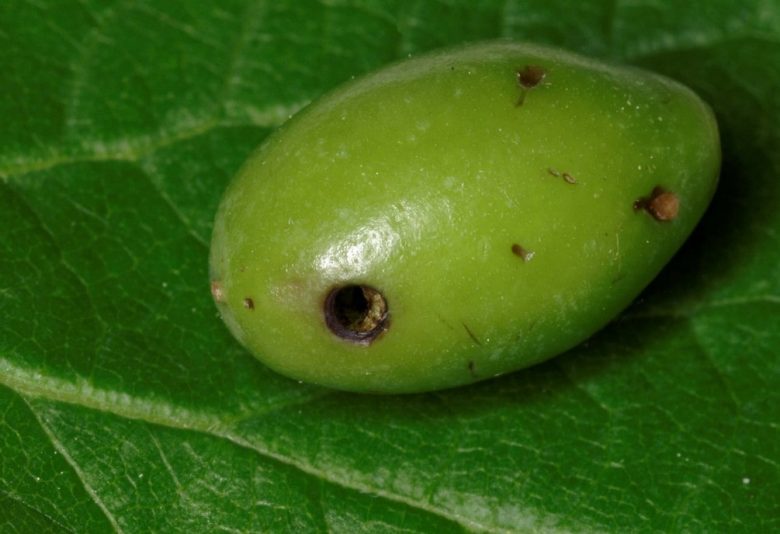
The damage of sawflies to plums is caused by the larvae. These develop inside the drupes, devouring the seed in formation, the endocarp and the mesocarp. This trophic activity of the larvae causes the formation inside the fruit of a large cavernosity full of excrements. Once feeding is complete, the larvae emerge from a well-defined round hole. Each larva can damage up to 5 plums.
The plums hit by the sawflies stop their growth and fall to the ground. The greater the infestation in the orchard, the greater the damage will be.
More susceptible to damage from sawflies are late flowering plum cultivars.
Life cycle of sawflies
Adult sawfly flies appear in orchards in spring, before the plum trees begin to bloom. They fly and mate in the hot hours, while with cold and wind they remain hidden. The fertile females lay 50 to 70 eggs, releasing them into the tissues at the base of the flower sepals. One egg is left on each flower, rarely 2 and only in the case of a strong presence of adults. After 9-14 days of incubation, the larvae are born, which begin to feed inside the plums. These make 4 moults before reaching maturity and do so in about 3 weeks and attacking more fruits. Then, they drop to the ground near the tree, descend to 4-5 cm deep into the soil where they build a cocoon within which they remain in diapause until the following spring, when the cycle restarts with the flickering of the adults.
Therefore, the sawflies of plums have only one generation per year.
How to prevent plum tree sawfly infestations
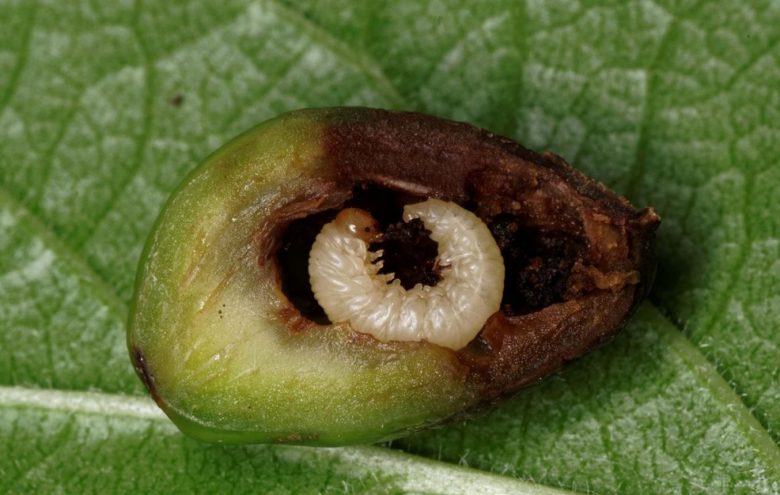
If plum trees are infested with sawflies in the spring, the best thing you can do to avoid the same damage the following year is tilling the soil in early summer. This can also be superficial, the important thing is that by moving the ground the diapause larvae emerge, which will thus die burned by the heat.
Mass monitoring and capture
The chromotropic traps, especially those of white color. The traps must be installed in the orchard before flowering and, if the plum trees are not too many, one per tree, placed on a branch facing south at about 2 m in height. With the capture, we can monitor the parasite and evaluate if it is appropriate to carry out a treatment in case of significant presence.
How to remove the sawfly from the plum tree
Considering that the larvae are born after the end of flowering, the best time to intervene is when the petals fall. In this way there is no risk of damaging the bees, which are very fond of plum blossoms.
Between products allowed in organic farmingthe ones effective against plum sawflies are the natural pyrethrum (in wording liquid or powder) and theazadirachtinwhich you find in shops specializing in agriculture.

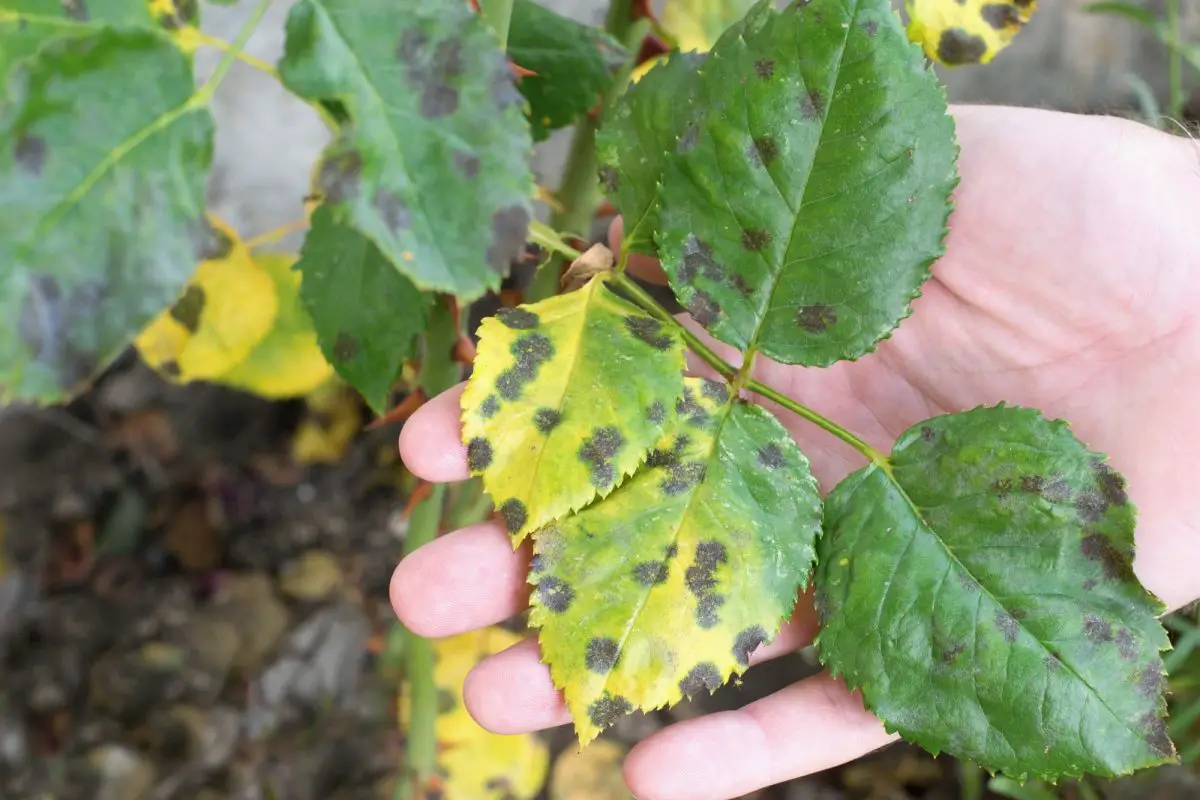
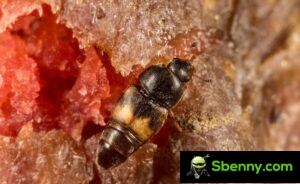

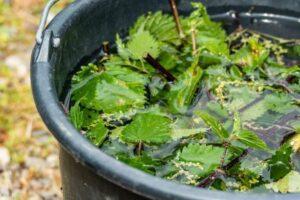

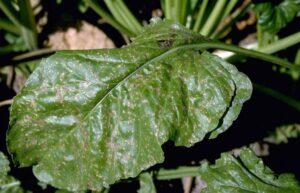
Start a new Thread